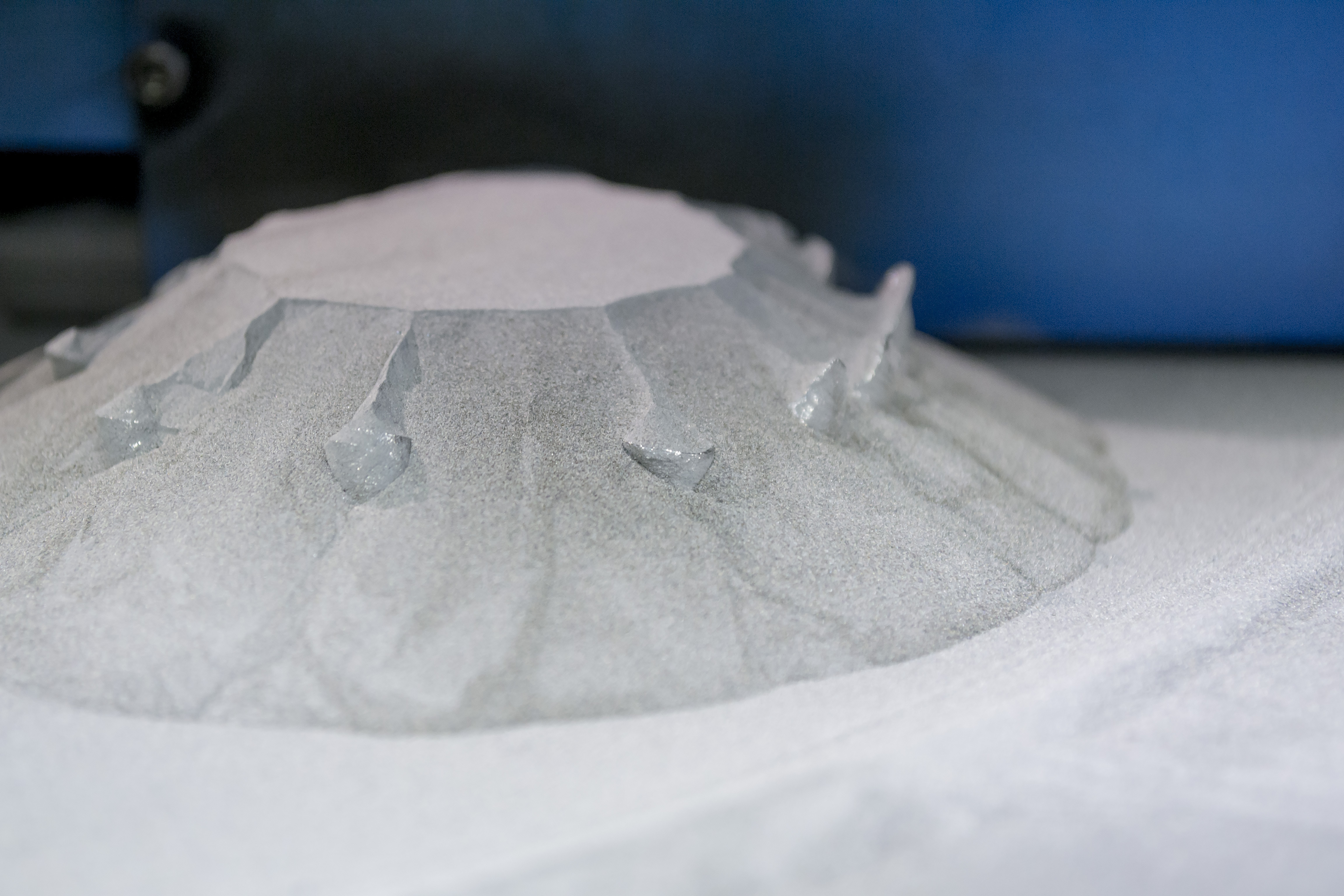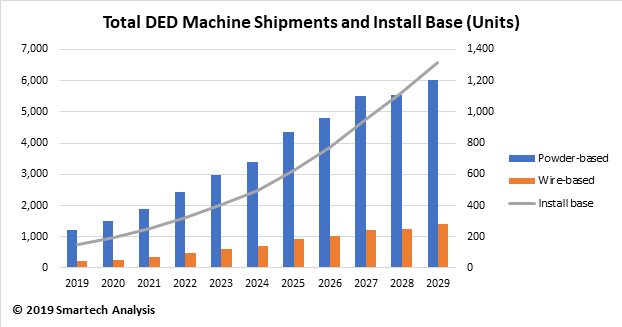In SmarTech Analysis’ new report, “The Market for Lasers in the Additive Manufacturing Sector: 2019-2028” we analyze how multilaser machines are having a positive impact throughout the AM supply chain from laser manufacturers, who get to sell more lasers as the result of multilaser machines, to the 3D printer suppliers themselves.
From the end-user perspective, however, multilaser machines play to the need for higher productivity as AM becomes increasingly about production of parts rather than just prototyping:
• Multilaser printers can speed up processing by as much as 10 x, although 2x and 4 x are more common.
• The high productivity of multilaser systems results in the cost of parts being lowered and/or more parts being produced in a shorter period of time.
• It is widely claimed that multilaser machines can enable several parts to be printed at once. If the user is building many small parts, it makes sense to build some with one laser and some with the second laser.
• A multilaser machine can to some extent be considered as providing some degree of redundancy.
Multilaser challenges:
Playing to these advantages, SmarTech thinks that 3D printer makers – the ones with large industrial machines to sell, at least – will increasingly focus on multilaser machines to meet the needs of their customers. These are complex machines that are not easy to build or to use. In particular, we think that multilaser machines present challenges to end users:
• Above average training requirements may be necessary for the end user with such machines, at least initially. This adds to the cost of deploying multi-laser machines, which will sometimes be paid for by the equipment vendor and sometimes by the end-user
• If the lasers are not properly aligned, there will be an obvious mark—maybe a step—on the surface of the part, or even an actual defect where some material is left un-melted.
• On the other hand, if one laser is doing most of the work with the other laser melting much less material and sitting idle much of the time, the benefit of multiple lasers can be mostly lost. So end users need to grasp what can be done with multilaser printers, what cannot be done, and when it is better to go with more traditional single-laser machines.
Suppliers:
For now, the multilaser printer strategy is primarily associated with suppliers of larger capacity PBF metals machines. Among the 3D printer firms that have embraced multilaser designs so far are EOS, Concept Laser (GE) and Renishaw. EOS is notable, we think, in that its machines are frequently found in the metal service bureaus where we think a multilaser machine would be a good fit, because of the high volume and considerable diversity of parts that are produced by bureaus.
Blog by:
Lawrence Gasman, President
SmarTech Analysis






